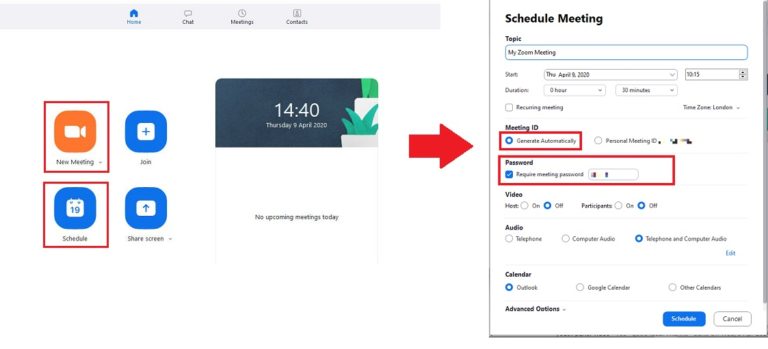

Look for Usage Reports, and then click Meeting to find the meeting you want, select the report type and date range, and generate the report. You can get that information from a report once the meeting is finished. Say you're using Zoom to hold a mandatory event, like a university lecture or a safety training session. Also, know that all recurring meeting IDs expire after one year, so you'll have to generate a new one then. How you do this will depend on which platform you're using, but you can refer to Zoom's documentation for setting up your recurring meeting.įair warning that for any recurring meeting, you cannot schedule it with your Personal Meeting ID also called PMI in Zoom it's a virtual private meeting space for you, and the link never changes.

This option is popular with educational groups who use Zoom as their virtual classroom. Additionally, if you meet with the same group regularly but not on a regular schedule, you can choose an option called No Fixed Time, which lets you use the same settings and meeting ID over and over with the same group, no matter when you get together. Second, recurring calls use the same join URL each time, so you never have to send a fresh one to attendees. First, it lets you lock in all the call settings you want once and have them be in place every time you meet. There are two benefits to using this setting. We use this automation all the time here at Zapier-any time a new team meeting in Zoom kicks off, the Zoom link gets posted to the appropriate channel in Slack automatically.įor weekly meetings, monthly check-ins, and other regularly-scheduled calls, Zoom lets you create a recurring meeting. To make this automation even more powerful, you can add a step that shares the meeting details with your team via a chat app like Slack. Here are some pre-built Zaps to power this workflow, but you can create a Zap with whatever apps you use. Whenever someone books an appointment in a scheduling app, for example, Zapier can automatically create a new Zoom meeting and add it to whatever app you use for your personal calendar. If you run a lot of meetings-for example, with clients-but don't have an assistant, you might want to connect your scheduling app, Zoom, and your calendar. Note: To set up integrations between Zoom and Zapier, you need a paid Zoom account.įree account holders don't have access to the Zoom API. You can read more about setting up Zaps here. To get started with a Zap template, just click on it, and we'll guide you through customizing it-it only takes a couple minutes. Our automations are called Zaps, and you'll see several pre-made Zaps which we call Zap templates throughout this piece.

Zapier is an automation platform that lets you connect your favorite apps to save time, cut down on tedious tasks, and focus on the work that matters most.
#DO YOU NEED TO DOWNLOAD ZOOM TO JOIN A MEETING HOW TO#
How to set up and use Zoom: Everything you need to know to get started You've probably had your fair share of Zoom meetings in the past year, but here's a refresher course on the basics. These are the main things you should know about, although there are plenty of other features and settings you can play around with. If you made it this far, you now know how to use Zoom Meetings, its main features, and how to start, join, and end a meeting. You can also schedule a meeting in advance with the help of Google Calendar. From there, you have a couple of choices available. See also: The 6 most common Zoom issues and how to fix them. The app on your device will launch automatically and connect you to the meeting. The meeting host will share a link with you, and all you have to do is click it. Meeting ID: Password: To join a meeting, simply click on the Join Zoom meeting link and follow the prompts. Here is an Example of what the link will look like. The day of a program, you will receive an email.


 0 kommentar(er)
0 kommentar(er)
